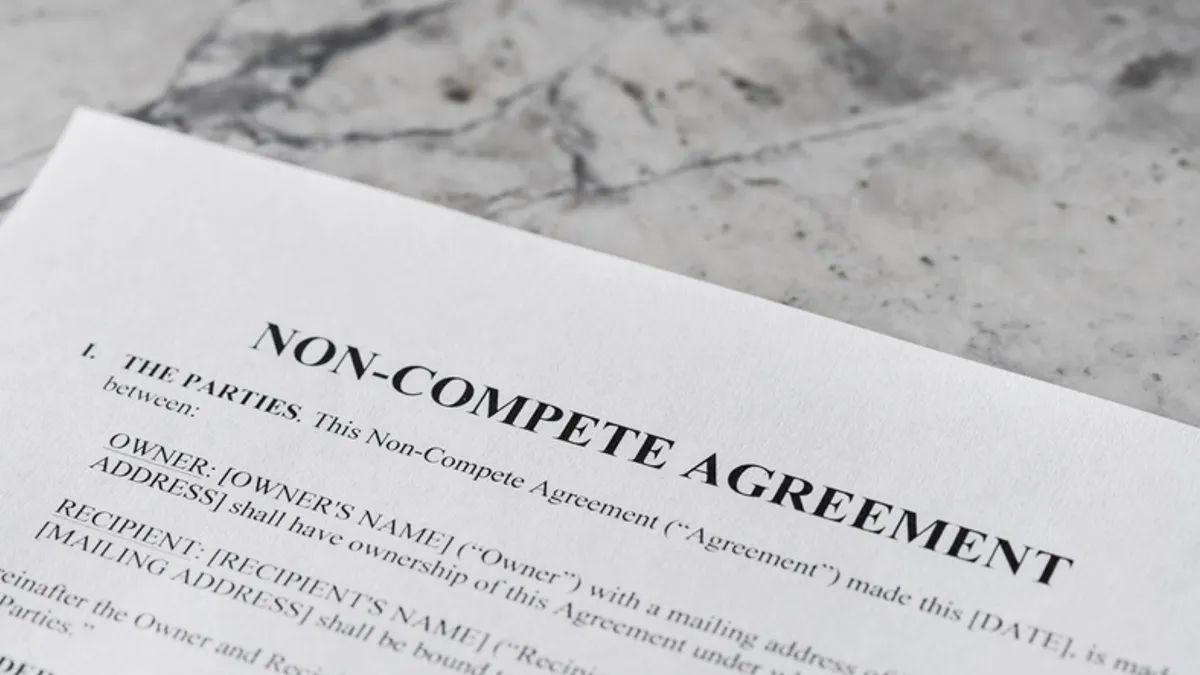Brandie Knox is founder of Knox Design Strategy, maker of litigation software tool Moxx App. Views are the author’s own.
Litigation attorneys are increasingly plugged into technology to represent their organization’s interests, but with this convenience come problems. Because attorneys work mostly with documents as electronically stored information, how well their document management systems work and how intuitive they are to use are critical, but many of these systems are unwieldy and difficult to organize.
The shift to remote work is an additional complication, with attorneys often working across geographically diverse offices. In recent years, it’s not unusual for some of an organization’s highest-performing attorneys to leave big metropolitan areas like Boston, New York and Washington to work elsewhere while maintaining high levels of productivity and connectivity. This geographical dispersion further necessitates a robust digital toolbox to avoid productivity loss and foster seamless collaboration, including document sharing across state lines and even national borders.
As legal professionals know all too well, digitization has led to seemingly endless clutter. There is an overwhelming volume of electronic documents, with attorneys and legal professionals often juggling hundreds of case documents online. Then there are the countless emails from colleagues, clients, witnesses and others. This deluge makes it challenging to identify and track relevant information, such as key exhibits and evidence.

What attorneys need is the ability to strategize within a single document set and collaborate outside of email. This means reviewing all possible materials, determining which documents are “hot,” and strategically leveraging their key messages as a team.
Beyond collecting and presenting documents to others, attorneys must weave them into a compelling story, meaning that efficiently organizing and accessing these documents is crucial to maintaining narrative coherence and supporting broader legal strategies. Message development is best done collaboratively, and that can only happen if the time and effort wasted on clearing clutter is spent instead on organizing documents by theme or tactic.
Tools driven by artificial intelligence can assist in document review and legal research, enhancing efficiency. To that end, over three-quarters of legal professionals in corporate legal departments use generative AI at least once a week, although the number is lower at law firms (68%). About one-third of legal professionals use generative AI daily, while nearly two-thirds expect AI technology investment to increase in the coming years.
The interest in investment is encouraging. Based on ABA research, 64% of law firms budget for technology, including 86% of firms with 100 or more attorneys.
But there is a noticeable gap in interest based on firm size, and that is discouraging. For instance, barely 50% of law firms with two to nine attorneys budget for technology at all, and they are often priced out of available tools because the options are so cost-prohibitive. Mid-size firms face similar challenges. In order for smaller firms to compete, they need to be able to rely on the technologies available to large firms, especially when David must win a case against Goliath.
Fortunately, there are cost-effective options available to firms of all sizes. From generative AI to all-in-one apps, the variety of digital tools available to today’s lawyers is astounding, and they don’t need to break the bank.
Entering 2025, the failure to harness the digital toolbox is costly. Legal tools are evolving, to the benefit of litigation attorneys.










